 |
| Nguyen Dynasty's royal records record the Lunar New Year ceremony and the reading of the royal edict (Source: National Archives Center I) |
The exhibition space introduces to the public hundreds of pages of outstanding documents selected from the Nguyen Dynasty Royal Archives - World Documentary Heritage and many typical artifacts; in which, many important documents are published for the first time. This is a valuable block of original documents with highly reliable information, the content reflects almost all aspects of Vietnamese society under the Nguyen Dynasty. With special values in content and form, in 2014, the Nguyen Dynasty Royal Archives were honored by UNESCO as a Documentary Heritage of the Asia-Pacific region and in 2017, the Nguyen Dynasty Royal Archives were honored by UNESCO as a World Documentary Heritage.
The Nguyen Dynasty, the last monarchy in Vietnamese history, left many valuable legacies to posterity, including the Imperial Records. This is the only original administrative document in Vietnam and one of the few in the world that still retains the direct approval of the emperors on the document. Over the 143 years of its existence (1802 - 1945), the Nguyen Dynasty left its mark in history on unifying the country, establishing sovereignty, diplomatic relations, building the capital, culture and education, social life, administrative institutions, legal institutions, examinations and books..., all of which are clearly reflected in the Imperial Records of the Nguyen Dynasty.
 |
The only Can Vuong Edict in the Nguyen Dynasty's Imperial Records dated June 12, the first year of Ham Nghi (1885) (Source: National Archives Center I/Nguyen Dynasty Royal Records) |
According to the National Archives Center I, the Nguyen Dynasty's Imperial Archives are a system of administrative documents produced during the state management activities of the Nguyen Dynasty's government apparatus, including documents issued by the Emperors and documents submitted by agencies in the government system to the Emperor for approval in red ink. This system of documents was assigned to the Nguyen Dynasty Cabinet to collect and manage uniformly into a block of royal documents.
The remaining Nguyen Dynasty Imperial Records today include more than 86,000 original documents of 11 Nguyen Dynasty kings: Gia Long, Minh Mang, Thieu Tri, Tu Duc, Kien Phuc, Ham Nghi, Dong Khanh, Thanh Thai, Duy Tan, Khai Dinh and Bao Dai; of which, 10 kings left their approval in vermilion ink on the documents. The two kings who did not have Imperial Records were Duc Duc and Hiep Hoa.
The Hue Monuments Conservation Center informed that at this exhibition of the Nguyen Dynasty's Royal Records, the notable point is the impressively designed space combining projection technology and installation art, enhancing the value of the documents and exhibits on display, promising to bring viewers a vivid experience. In addition, visitors can also directly interact to learn and discover more useful and interesting historical information from the Royal Records.
The exhibition area is also especially suitable for students, providing young people with useful history lessons from the Royal Records, thereby supplementing and enriching knowledge about history and culture in schools.
Source


![[Photo] Magical moment of double five-colored clouds on Ba Den mountain on the day of the Buddha's relic procession](https://vphoto.vietnam.vn/thumb/1200x675/vietnam/resource/IMAGE/2025/5/9/7a710556965c413397f9e38ac9708d2f)
![[Photo] Russian military power on display at parade celebrating 80 years of victory over fascism](https://vphoto.vietnam.vn/thumb/1200x675/vietnam/resource/IMAGE/2025/5/9/ce054c3a71b74b1da3be310973aebcfd)

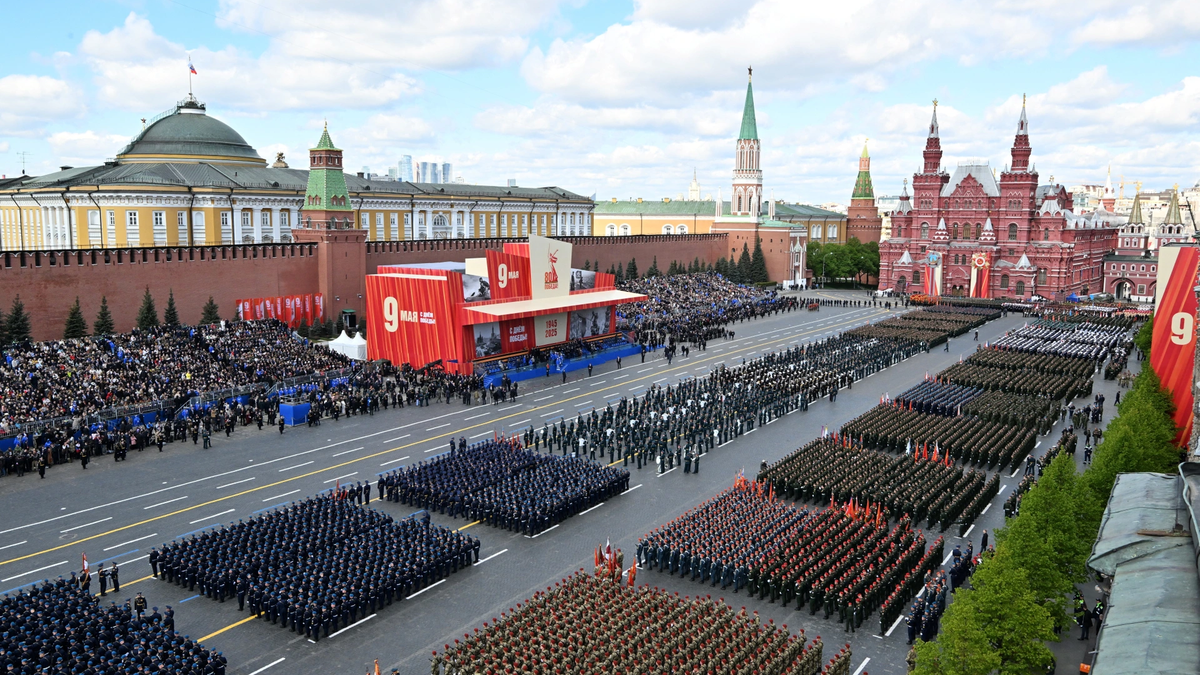
![[Photo] Prime Minister Pham Minh Chinh chairs a special Government meeting on the arrangement of administrative units at all levels.](https://vphoto.vietnam.vn/thumb/1200x675/vietnam/resource/IMAGE/2025/5/9/6a22e6a997424870abfb39817bb9bb6c)
![[Photo] General Secretary To Lam and international leaders attend the parade celebrating the 80th anniversary of the victory over fascism in Russia](https://vphoto.vietnam.vn/thumb/1200x675/vietnam/resource/IMAGE/2025/5/9/4ec77ed7629a45c79d6e8aa952f20dd3)
















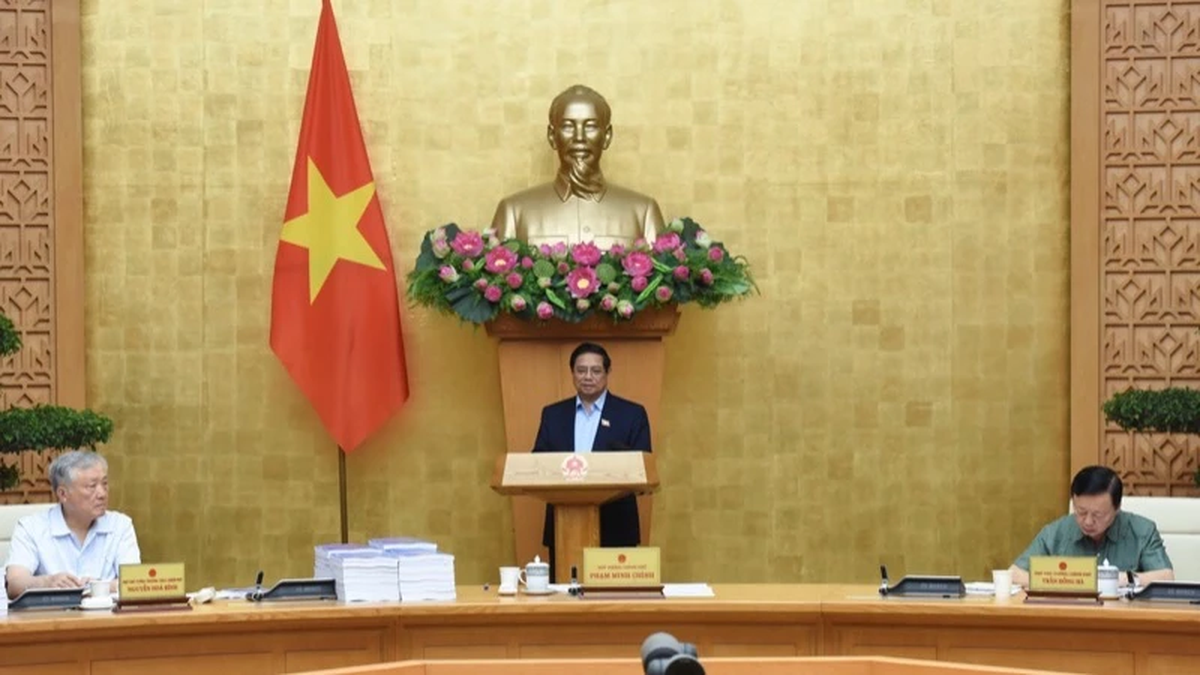




























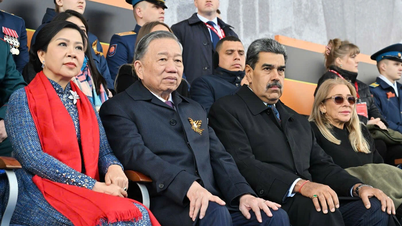


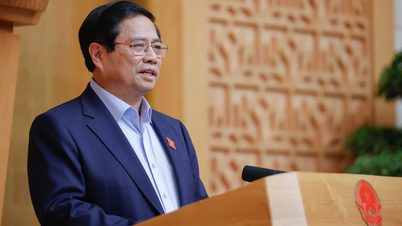
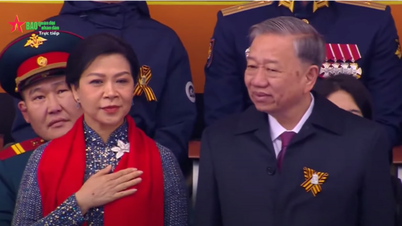






























Comment (0)